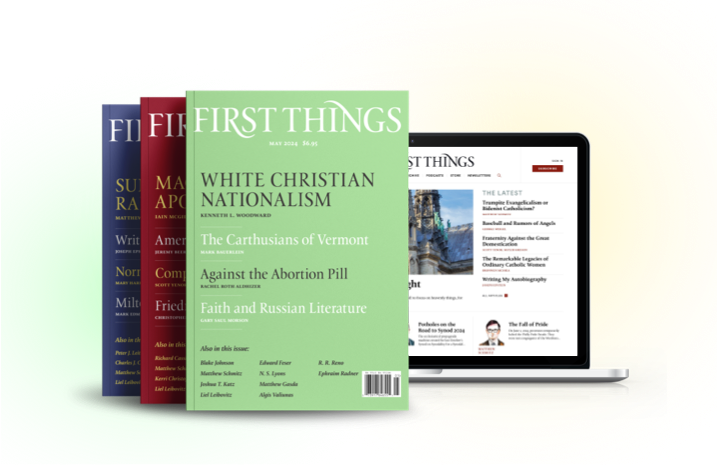What can nonbelievers learn from religious art? Quite a lot, says Aaron Rosen in an article in The Humanist :
This is not simply to say that all religious expressions are artistic. But what religious symbols can do, more powerfully than any other, is reveal a horizon of meaning towards which art aspires: the ability to make ontological claims about “the way things really are”. To come back to some philosophical language from Gadamer, religious symbols perfect the “intricate interplay of showing and concealing”. And among other things, it seems to be this tantalising capacity that has kept modern artists, even those with no doctrinal connection to Christianity, returning to fundamental religious images like the crucifixion.
For the non-believer, perhaps focusing on this “poetical teaching” can offer a way of engaging with religious art in a manner beyond merely cultural or aesthetic appreciation; one which begins to dance, albeit gingerly, along the perimeters of the theological. What we experience in religious art, ultimately, doesn’t have to lead us into heaven. In Botticini’s “Assumption”, the disciples gather around Mary’s tomb, only to discover an assortment of lilies has taken the place where her body should rest. Uncomprehending, they look around in bewilderment. If looking at religious art can leave us similarly stunned, perhaps for some that’s more than miracle enough.
(Via: Culture Making )
Rome and the Church in the United States
Archbishop Michael J. Curley of Baltimore, who confirmed my father, was a pugnacious Irishman with a taste…
Marriage Annulment and False Mercy
Pope Leo XIV recently told participants in a juridical-pastoral formation course of the Roman Rota that the…
Undercover in Canada’s Lawless Abortion Industry
On November 27, 2023, thirty-six-year-old Alissa Golob walked through the doors of the Cabbagetown Women’s Clinic in…

